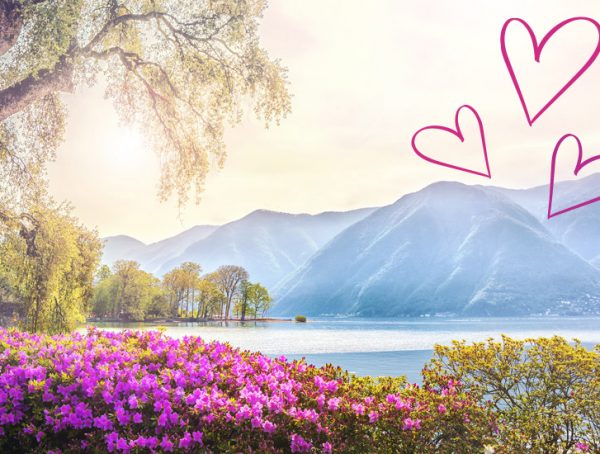August 1st: a date that for all Swiss people has a meaning that goes far beyond being a simple summer day, perhaps even too hot. August 1st is in fact the Swiss National Holiday, a day of celebration on which numerous customs and traditions re-emerge along all the cantons, illuminating the whole country.
But what exactly is celebrated? Not to fall into boring history lessons, but it is worth remembering the object of the celebration. The anniversary commemorates the alliance formed in 1291 between the first 3 “primitive” Swiss cantons, Uri, Schwyz and Unterwalden; an alliance that decreed the birth of the Swiss confederation, at least in its original nucleus. Today this agreement, which initially provided for mutual defence, especially against the claims of the Habsburgs, is commonly referred to as the “Confederate Pact”, and represents the founding act of the confederation.
This day, unlike other religious feasts and celebrations, was unfortunately considered as a normal working day for a long time, despite its strong evocative and patriotic component. Only since 1994, in fact, August 1st was officially transformed into a public holiday throughout the country.
Now in the hearts of all Swiss people, the National Holiday brings with it many customs and traditions, which are continuously handed down and evoked every year.
NATIONAL HOLIDAY: CUSTOMS AND TRADITIONS
The 1st of August is one of the few events that are celebrated unanimously throughout the country, although usually the celebrations are organized independently by each municipality. One of the most recognized official customs is certainly the speech of the high political offices of the country, usually entrusted to the president of the confederation. In addition to these solemn speeches by political or cultural figures, the national holiday goes much further, and brings with it a large number of customs. Among the most obvious are the fireworks, thanks to great fireworks displays throughout the cantons (often organised by municipalities, companies or tourist promotion bodies), but above all the traditional bonfires. That of bonfires is a curious and characteristic tradition, which also carries with it a historical and symbolic meaning. They are often lit in mountain and hill towns, and symbolically recall the expulsion of foreign bailiffs in the 14th century.
The most awaited part of the day, however, is in the evening: children usually parade through the streets carrying lanterns lit by candles, creating street lamps decorated with the typical Swiss cross, and often with the symbol of their canton.
In all this, the streets, houses and balconies are filled with symbols and flags, conveying a powerful sense of national unity.
The festivities take on particular significance at the Rhine Falls near Schaffhausen. The waterfalls have been illuminated by fireworks and great firework displays since 1920.
Switzerland presents itself as a very varied country, studded with customs and traditions, often handed down and maintained by rural and popular customs. Wherever you go and whatever canton you visit, rest assured that you will find a traditional, unique and inimitable festival.
This post is also available in: Italian
You might also like
More from Made in Luganolake
SCHERRER BOTANICAL PARK in Morcote open from 15th March 2019
SCHERRER BOTANICAL PARK in Morcote open from 15th March 2019. This extraordinary park, called "Il Giardino delle Meraviglie" houses a …
5 LUOGHI nel Ticino da visitare per SAN VALENTINO
5 LUOGHI nel Ticino da visitare per SAN VALENTINO. Non perderti le mete perfette per trascorrere la giornata di San …












